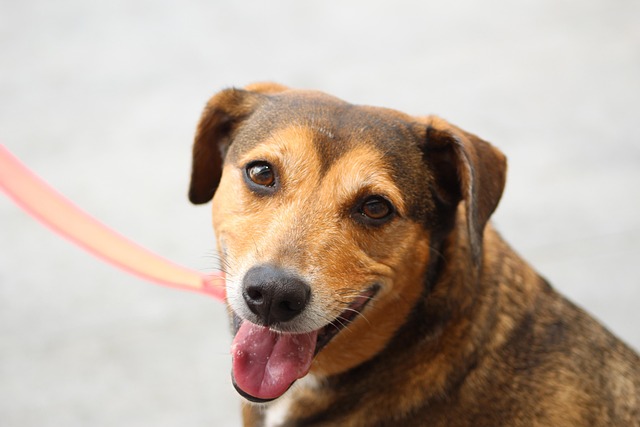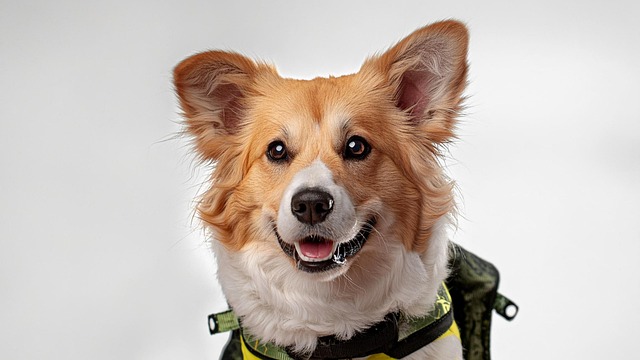That heartbreaking little whine when you slip out to grab the mail or duck into the shower? You’re not alone – and your dog isn’t being dramatic. Those vocal protests are hardwired survival behaviors. Puppies evolved to stay close to their pack; isolation meant danger. When you disappear from view, stress hormones like cortisol flood their system, triggering cries to summon you back. But whether it’s mild FOMO (Fear of Missing Out) or early separation anxiety hinges on subtle clues.
First, eliminate the obvious. A puppy whining from the crate at night might just need a potty break – their tiny bladders can’t hold it for hours. Always take them out immediately after naps or meals. If accidents happen indoors, use enzymatic cleaners (never ammonia-based, which smells like urine to them). And yes, even during midnight potty runs in your pajamas, scoop that waste. Public cleanup laws apply coast-to-coast – forgetting bags in Chicago parks can cost $500, while Berlin fines hit €350.
If physical needs are met, listen to the pattern. Brief whining that stops when you reappear suggests mild insecurity. But panicked howling that escalates when you leave the apartment signals deeper distress. Never scold or punish – yelling confirms their fear that your absence brings trouble. Beyond being ineffective, aversive methods conflict with animal welfare laws in places like Sweden and California. Instead, rebuild their confidence through micro-exposures. Start during calm moments: when your pup licks a peanut butter mat, quietly step behind a kitchen island for three seconds. Return before they react and toss a treat. Gradually increase duration and distance over weeks, pairing your disappearance with high-value rewards. This rewires their brain: "Alone time = chicken time!"

Apartment living adds complexity. A whining pup during thin-walled building quiet hours (often 10 PM–7 AM) strains neighbor relations and violates lease terms. Muffle sounds with rugs under playpens, and use white noise machines during training. Skip emotional departures – no "Mommy will miss you!" speeches. Instead, create a positive association station: a bed with your worn t-shirt and a puzzle toy stuffed with kibble. Forced confinement in crates can backfire if they panic; let them choose to settle there by feeding meals nearby.
Prevent overdependence by scheduling "ignore hours." Sit on the couch scrolling your phone while your pup learns self-entertaining with a chew toy. Reward calm behavior with a soft "good settle." If they shadow you room-to-room, use baby gates to create visual barriers while staying audible. Older dogs? Sudden clinginess could mean arthritis pain or cognitive decline – vet checks are non-negotiable. Ensure rabies vaccines are current too; a bolting dog risks exposure in unvaccinated areas, violating laws in most U.S. states.
True progress needs patience. If whining persists after consistent weeks of training, seek a certified separation anxiety pro. By responding with science-backed empathy – never punishment or neglect – you honor their trust and nurture resilient independence. Those silent moments when they nap peacefully as you move about? That’s the goal.






